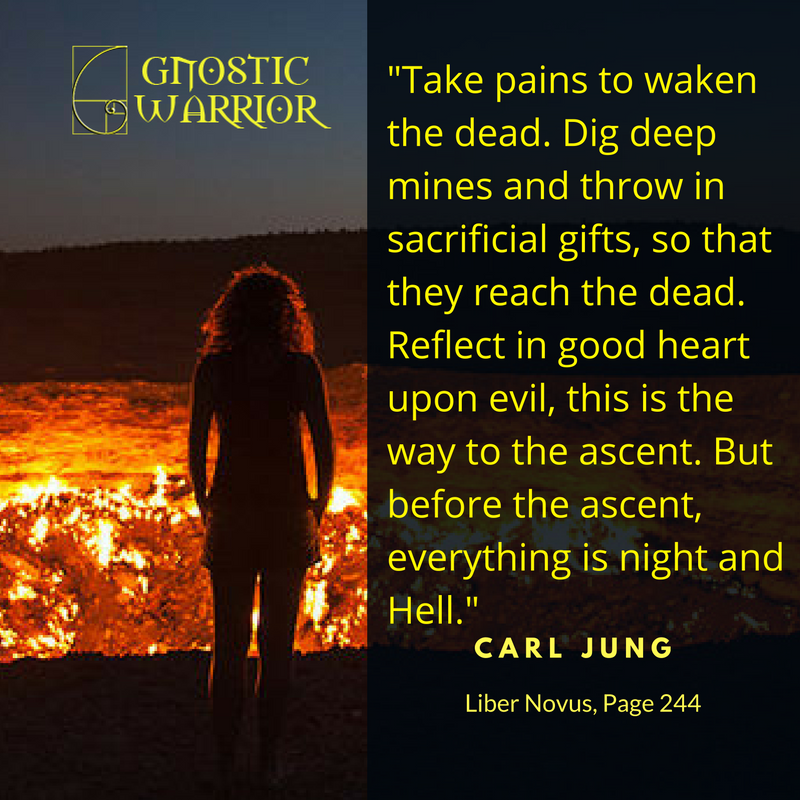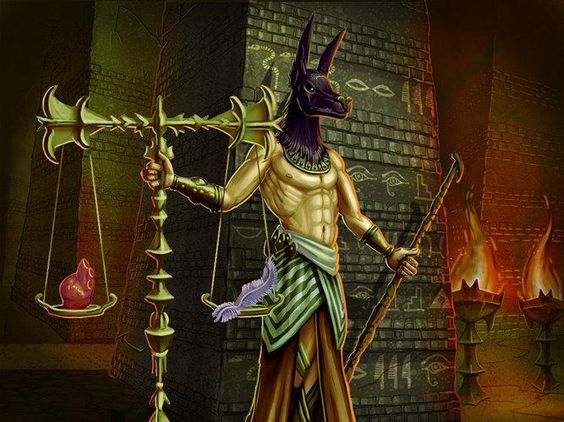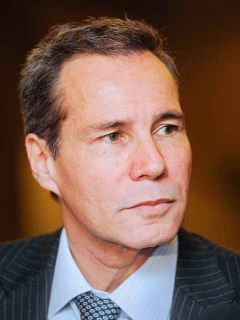Thus the Hindu soma is mystically, and in all respects the same that the Eucharistic supper is to the Christian. The idea is similar. By
Page xli
means of the sacrificial prayers — the mantras — this liquor is supposed to be transformed on the spot into real soma — or the angel, and even into Brahma himself. Some missionaries have expressed themselves very indignantly about this ceremony, the more so, that, generally speaking, the Brahmans use a kind of spirituous liquor as a substitute. But do the Christians believe less fervently in the transubstantiation of the communion-wine into the blood of Christ, because this wine happens to be more or less spirituous? Is not the idea of the symbol attached to it the same? But the missionaries say that this hour of soma-drinking is the golden hour of Satan, who lurks at the bottom of the Hindu sacrificial cup.
SPIRIT. — The lack of any mutual agreement between writers in the use of this word has resulted in dire confusion. It is commonly made synonymous with soul; and the lexicographers countenance the usage. This is the natural result of our ignorance of the other word, and repudiation of the classification adopted by the ancients. Elsewhere we attempt to make clear the distinction between the terms “spirit” and “soul.” There are no more important passages in this work. Meanwhile, we will only add that “spirit” is the [[nous]] of Plato, the immortal, immaterial, and purely divine principle in man — the crown of the human Triad; whereas,
SOUL is the [[psuche]], or the nephesh of the Bible; the vital principle, or the breath of life, which every animal, down to the infusoria, shares with man. In the translated Bible it stands indifferently for life, blood, and soul. “Let us not kill his nephesh,” says the original text: “let us not kill him,” translate the Christians (Genesis xxxvii. 21), and so on.
THEOSOPHISTS. — In the mediaeval ages it was the name by which were known the disciples of Paracelsus of the sixteenth century, the so-called fire-philosophers or Philosophi per ignem. As well as the Platonists they regarded the soul [[psuche]] and the divine spirit, nous, as a particle of the great Archos — a fire taken from the eternal ocean of light.
The Theosophical Society, to which these volumes are dedicated by the author as a mark of affectionate regard, was organized at New York in 1875. The object of its founders was to experiment practically in the occult powers of Nature, and to collect and disseminate among Christians information about the Oriental religious philosophies. Later, it has determined to spread among the “poor benighted heathen” such evi-
Page xlii
dences as to the practical results of Christianity as will at least give both sides of the story to the communities among which missionaries are at work. With this view it has established relations with associations and individuals throughout the East, to whom it furnishes authenticated reports of the ecclesiastical crimes and misdemeanors, schisms and heresies, controversies and litigations, doctrinal differences and biblical criticisms and revisions, with which the press of Christian Europe and America constantly teems. Christendom has been long and minutely informed of the degradation and brutishness into which Buddhism, Brahmanism, and Confucianism have plunged their deluded votaries, and many millions have been lavished upon foreign missions under such false representations. The Theosophical Society, seeing daily exemplifications of this very state of things as the sequence of Christian teaching and example — the latter especially — thought it simple justice to make the facts known in Palestine, India, Ceylon, Cashmere, Tartary, Thibet, China, and Japan, in all which countries it has influential correspondents. It may also in time have much to say about the conduct of the missionaries to those who contribute to their support.
THEURGIST. — From [[theos]], god, and [[ergon]], work. The first school of practical theurgy in the Christian period was founded by Iamblichus among the Alexandrian Platonists; but the priests attached to the temples of Egypt, Assyria, and Babylonia, and who took an active part in the evocations of the gods during the Sacred Mysteries, were known by this name from the earliest archaic period. The purpose of it was to make spirits visible to the eyes of mortals. A theurgist was one expert in the esoteric learning of the Sanctuaries of all the great countries. The Neoplatonists of the school of Iamblichus were called theurgists, for they performed the so-called “ceremonial magic,” and evoked the “spirits” of the departed heroes, “gods,” and Daimonia ([[daimonia]], divine, spiritual entities). In the rare cases when the presence of a tangible and visible spirit was required, the theurgist had to furnish the weird apparition with a portion of his own flesh and blood — he had to perform the theopoea, or the “creation of gods,” by a mysterious process well known to the modern fakirs and initiated Brahmans of India. This is what is said in the Book of Evocations of the pagodas. It shows the perfect identity of rites and ceremonial between the oldest Brahmanic theurgy and that of the Alexandrian Platonists:

Moe is the founder of GnosticWarrior.com. He is a father, husband, author, martial arts black belt, and an expert in Gnosticism, the occult, and esotericism.

![How another contrarywise before his death saw a book containing his sins, which was shown him by devils [704-709 A.D.] | Book 5 | Chapter 12 How another contrarywise before his death saw a book containing his sins, which was shown him by devils [704-709 A.D.] | Book 5 | Chapter 12](https://www.gnosticwarrior.com/wp-content/plugins/contextual-related-posts/default.png)



